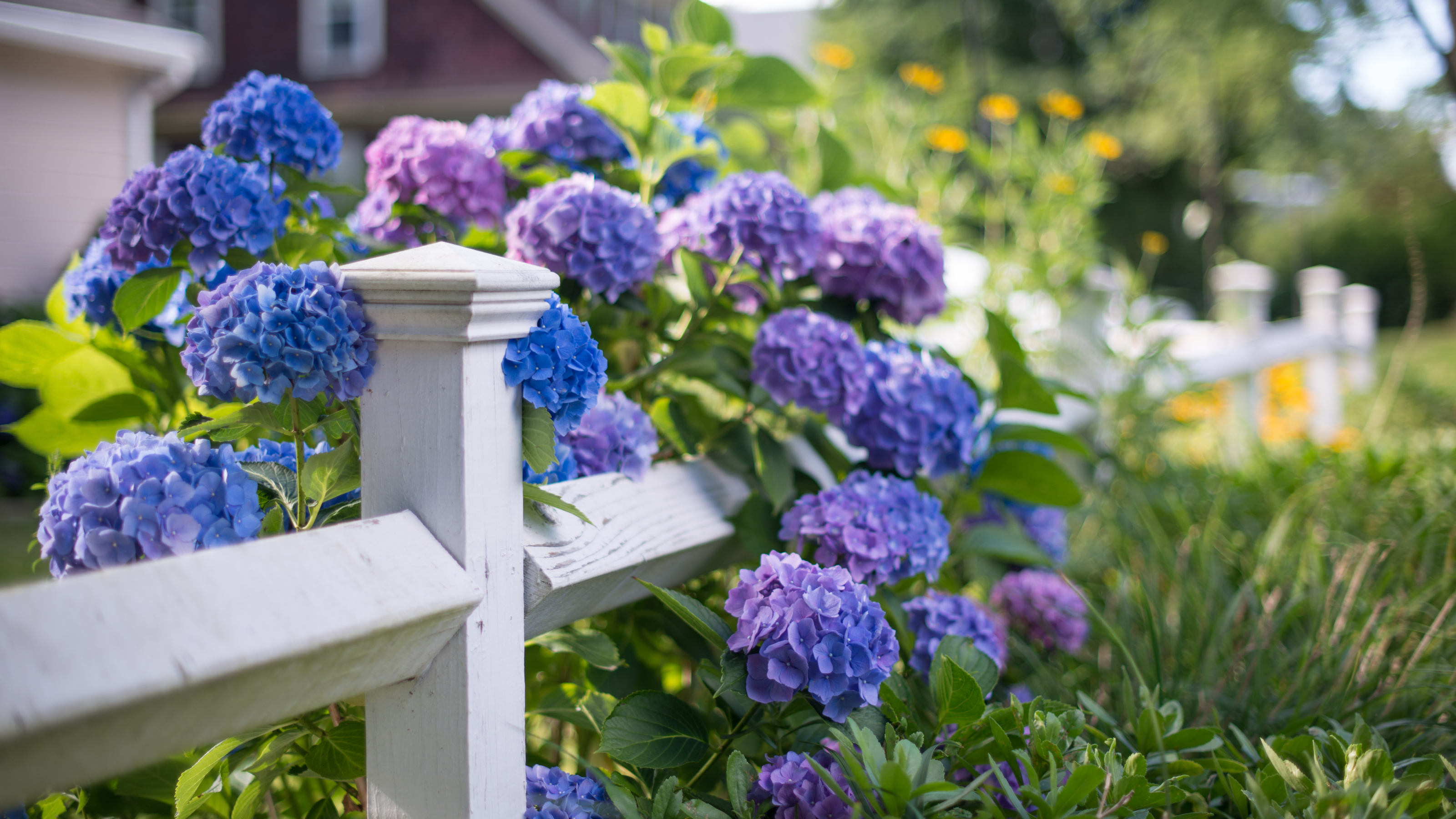Caring For Hardy Hydrangeas: Learn About Zone 7 Hydrangea Planting
With ideal growing conditions for these gorgeous shrubs, finding the right zone 7 hydrangea is simple! Here are some of the most beautiful varieties to try.


Gardeners have no shortage of choices when it comes to choosing a hydrangea for zone 7, where the climate is well suited for a huge variety of hardy hydrangeas. Gardeners in other areas who must choose the best hydrangeas by zone dream of the ideal zone 7 climates in which you can grow these gorgeous shrubs. Here is a list of just a few of the best zone 7 hydrangeas, along with their most significant characteristics.
Hydrangeas for Zone 7
When choosing zone 7 hydrangeas for the landscape, consider the following varieties: Oakleaf hydrangea (Hydrangea quercifolia), zones 5 to 9, common cultivars include:
- ‘PeeWee,’ dwarf variety, white blooms fading to pink, foliage turns red and purple in autumn
- ‘Snow Queen,’ deep pink blooms, foliage turns dark red to bronze in autumn
- ‘Harmony,’ white blooms
- ‘Alice,’ rich pink blooms, foliage turns burgundy in autumn
Bigleaf hydrangea (Hydrangea macrophylla), zones 6 to 9, two flower types: Mophead and Lacecaps, cultivars and bloom colors include:
- ‘Endless summer,’ bright pink or blue blooms (Mophead cultivar)
- ‘Pia,’ pink blooms (Mophead cultivar)
- ‘Penny-Mac,’ blue or pink flowers depending on soil pH (Mophead cultivar)
- ‘Fuji Waterfall,’ double white blooms, fading to pink or blue (Mophead cultivar)
- ‘Beaute Vendomoise,’ large, pale pink or blue blooms (Lacecap cultivar)
- ‘Blue Wave,’ deep pink or blue blooms (Lacecap cultivar)
- ‘Lilacina,’ pink or blue flowers (Lacecap cultivar)
- ‘Veitchii,’ white blooms fading to pink or pastel blue (Lacecap cultivar)
Smooth hydrangea/wild hydrangea (Hydrangea arborescens), zones 3 to 9, cultivars include:
- ‘Annabelle,’ white blooms
- ‘Hayes Starburst,’ white blooms
- ‘Hills of Snow’/’Grandiflora,’ white blooms
PeeGee hydrangea/Panicle hydrangea (Hydrangea paniculata), zones 3 to 8, cultivars include:
- ‘Brussels Lace,’ mottled pink blooms
- ‘Chantilly Lace,’ white blooms fading to pink
- ‘Tardiva,’ white blooms turning purplish pink
Serrated hydrangea (Hydrangea serrata), zones 6 to 9, cultivars include:
- ‘Blue Bird,’ pink or blue flowers, depending on soil pH
- ‘Beni-Gaku,’ white flowers turning purple and red with age
- ‘Preziosa,’ pink flowers turn bright red
- ‘Grayswood,’ white flowers turning pale pink, then burgundy
Climbing hydrangea (Hydrangea petiolaris), zones 4 to 7, showy creamy white to white flowers Hydrangea aspera, zones 7 to 10, white, pink, or purple flowers Evergreen climbing hydrangea (Hydrangea seemanni), zones 7-10, white flowers
Gardening tips, videos, info and more delivered right to your inbox!
Sign up for the Gardening Know How newsletter today and receive a free copy of our e-book "How to Grow Delicious Tomatoes".
Zone 7 Hydrangea Planting
While their care is pretty straightforward, when growing hydrangea bushes in zone 7 gardens, there are a few things to keep in mind for successful, vigorous plant growth. Hydrangeas require rich, well-drained soil. Plant hydrangea where the shrub is exposed to morning sunlight and afternoon shade, especially in warmer climates within zone 7.
Autumn is the best time for hydrangea planting. Water hydrangeas regularly but beware of overwatering. Watch for pests such as spider mites, aphids, and scale. Spray pests with insecticidal soap spray. Apply 2 to 4 inches (5-10 cm.) of mulch in late autumn to protect the roots during the coming winter.

A Credentialed Garden Writer, Mary H. Dyer was with Gardening Know How in the very beginning, publishing articles as early as 2007.